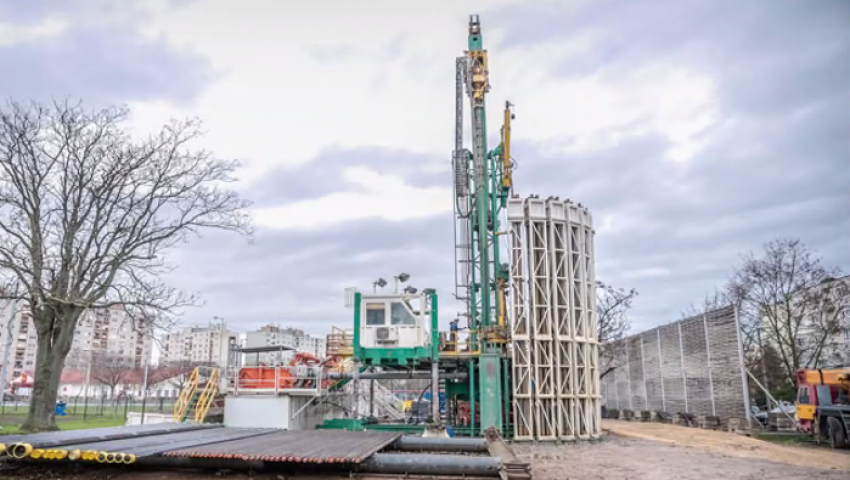The pros and cons for the city of Szeged in Hungary investing €70 million in geothermal district heating

The water passes through injection wells, which return it back into the ground at a lower temperature, where it is heated, which turns the energy into renewable energy.
Photo: Central heating in Szeged
Raya Lecheva
The city of Szeged in Hungary is an example of geothermal energy heating from which the countries of Central Europe, including Bulgaria, which have geothermal potential, can learn from.
Naturally, this cannot happen in every city, the most important condition is that the city has a deposit of geothermal energy and decides to use it for heating. The city of Szeged has a population of 160,000, but geothermal heating does not cover the entire city. This was announced on the last day of the sixth consecutive conference of the ecological association For the Earth "Clean Energy for People" by Dr. Tamas Medjes, representative of central heating in Szeged. The investment is EUR 70 million from various European funding sources.
The available district heating network is used for heating, which is extensive and covers the entire city.
We heat 433 public buildings and 27,000 apartments, agriculture, technology companies, but there is no heavy industry, he shared. Mejies said that district heating was the biggest emitter of emissions and they decided to follow in the footsteps of other cities, switching central heating to geothermal. Not all cities in Hungary use geothermal energy for heating. The mentality is gradually changing, the city has potential with a well-developed heating network and experts in the field.
In fact, the water is brought through 9 systems of 30 kilometers of new pipes to minimize losses, from where it is distributed to the buildings. After the water enters the heating system, it is processed in heat exchangers. According to the plans, 20 million cubic meters will be replaced by 600,000 GJ of geothermal energy, reducing emissions by 35,000 tons per year, providing cleaner air and security of supply.
The water is then returned to the ground thanks to injection wells, the expert commented. However, this creates a difficulty for the local population. However, the company tries to explain that they are needed in order to preserve the water as a renewable source, without them it would not be possible to use the water again.
Information campaigns are made about the benefits in each neighborhood and there is already a tradition of showing films outdoors, and at the beginning of each one a short film is shown about the progress and the activities that have been carried out and this is probably a much more successful method than social networks even, Mejies thinks.
The heating company is ready to transfer its experience to other cities that have geothermal potential and want to use it for heating public buildings and multi-family housing.
